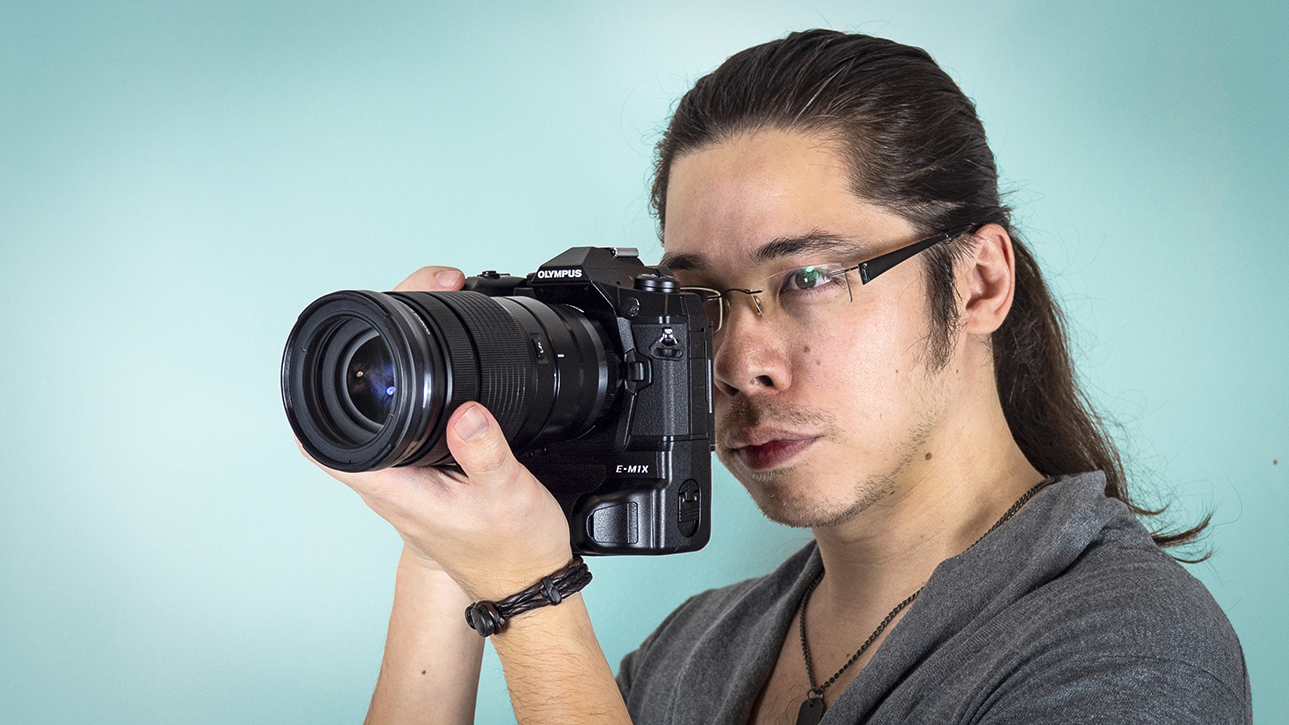
The Olympus M.Zuiko 40-150mm f/2.8 Pro is one of the workhorse Olympus / OM System lenses, and for good reason – it's a lens I simply cannot be without. I'm lucky enough to have used this lens around the world, both on paid commissions and for personal work, and it's an absolute kitbag essential.
The focal range of the Olympus M.Zuiko 40-150mm f/2.8 Pro is unfamiliar, due to the 2x crop factor of Micro Four Thirds (MFT) cameras, but this is effectively a 70-200mm f/2.8 trinity lens. Except, of course, that said crop factor actually makes this an 80-300mm trinity lens, in a form factor that's smaller and lighter than any full-frame equivalent.
Put that in the context of a safari and you can see how essential this lens – and the MFT system – really is. Because I know first-hand that when you've got a couple of tiny and lightweight Micro Four Thirds cameras, the tiny and lightweight Olympus M.Zuiko 12-40mm f/2.8 Pro (a 24-80mm trinity) and the tiny and lightweight 40-150mm, your backpack is a hell of a lot tinier and more lightweight than it would be if you packed full-frame equivalents.
This lens in specific, though… how good is it?

Olympus M.Zuiko 40-150mm f/2.8 Pro: Specifications
Mount: Micro Four Thirds
Autofocus: Yes
Stabilization: No
Lens construction: 16 elements in 10 groups
Angle of view: 30 to 8.2°
Diaphragm blades: 9
Minimum aperture: f/22
Minimum focusing distance: 0.7m
Maximum magnification ratio: 0.21x (0.42x 35mm)
Filter size: 72mm
Dimensions: 79.4 x 160mm
Weight: 760g
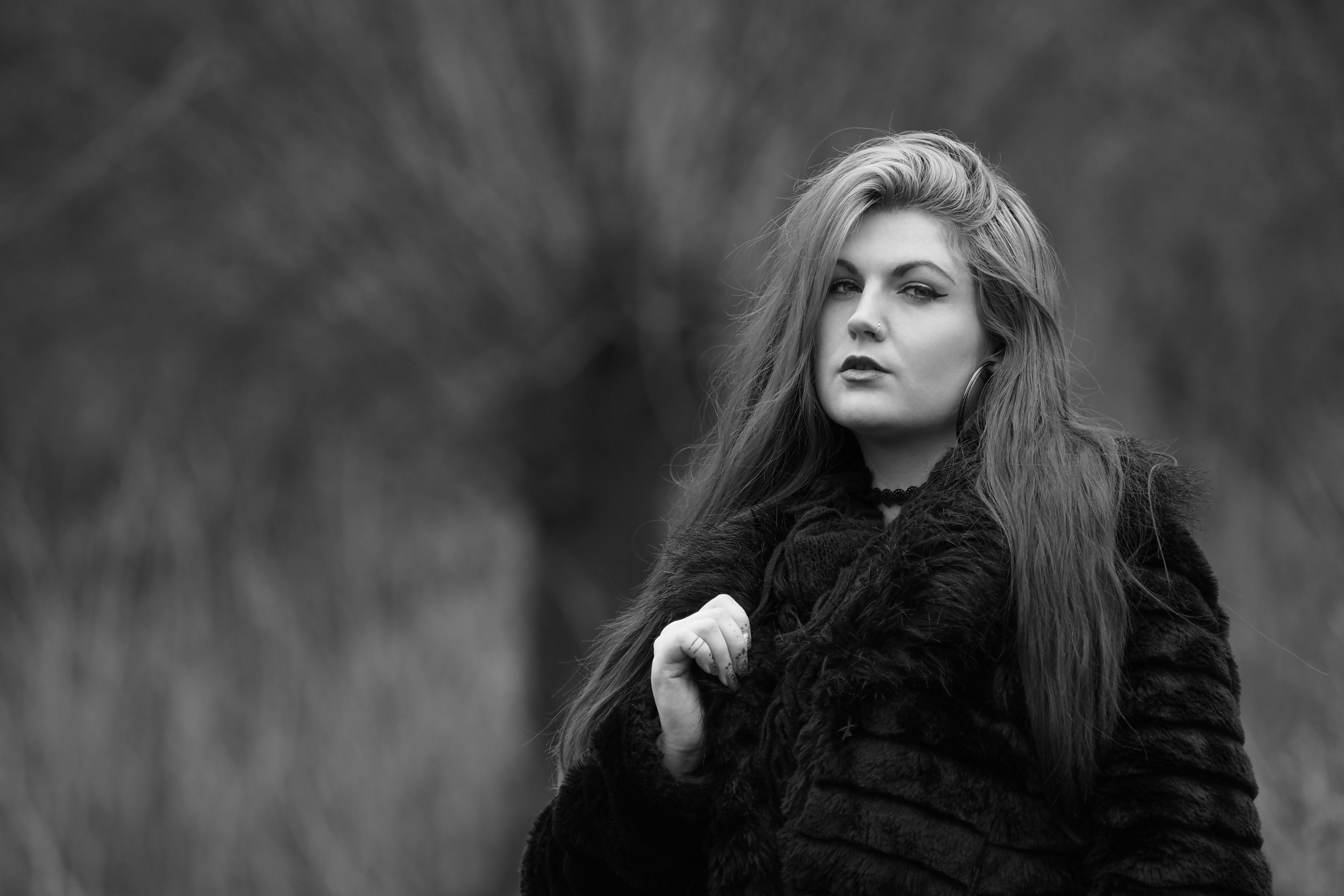
Olympus M.Zuiko 40-150mm f/2.8 Pro: Key features
As a fast, constant-aperture f/2.8 zoom with an 80-300mm focal range, this is a telephoto trinity lens suitable for high-end professional use – which is primarily how I've used and tested it, as it's long been one of my go-to lenses when shooting professionally.
It features the manufacturer's ZERO (Zuiko Extra-low Reflection Optical) anti-glare coating, originally developed for Olympus microscopes, halving the reflectance of wavelengths between 450 and 650nm and preventing scratches and degradation. It also boasts a host of optimum optical elements, including no less than four kinds of low-dispersion and low-dispersion aspherical technologies.
It packs a pair of voice coil motors, dividing the focus mechanism into two distinct groups (with one motor responsible for each) to produce super-fast and super-quiet focusing.
As noted, the lens supports both of the M.Zuiko teleconverters to increase its focal range, with the MC-14 producing a 56-210mm reach (a full-frame equivalent of 112-420mm) and the MC-20 delivering 80-300mm (effectively 160-600mm).

Olympus M.Zuiko 40-150mm f/2.8 Pro: Build & handling
As a Pro lens, the Olympus M.Zuiko 40-150mm f/2.8 Pro really does deliver professional performance – namely in terms of its 11 seals to protect against moisture and dust ingress, earning the lens an IP53 certification.
I've seen so-called weather-sealed kit from other brands fail catastrophically in the field (ever watched a photographer open the battery compartment and have water pour out?), but Olympus / OM System kit has never, ever let me down – even in the harshest conditions. Seriously, when it comes to weather sealing, it's the only brand I trust 100%.
This lens is no exception. I've shot with it in the deserts of Africa and Spain, as well as the freezing-cold winters of the north of England, and it takes everything in its stride. Despite being lightweight it's built like a tank, and I've dropped mine far more than I'd like to admit, but it's never skipped a beat despite taking a beating.

Like the M.Zuiko 12-40mm f/2.8 Pro it features the brilliant manual focus clutch, which racks back like a shotgun when you want to take control for precision focusing. There's also a customizable L-Fn function button, though I must admit that I never use these on lenses.
The tripod collar doesn't have clicks or notches, though it does have a "•" symbol every 90° to help you keep your horizon perfectly level when rotating the camera when it's on sticks. It also fully detaches when you want to shed some weight or shoot completely handheld in the field.
Silly as it may sound, my favorite thing about the 40-150mm f/2.8 Pro is the lens hood. Its design is nothing short of genius, with a twist-and-extend telescopic mechanism that enables you to pop it out whenever you need it, rather than constantly having a monstrous hood adding size to your setup. Check it out below (and, no, I can't extend the hood without doing the eyebrow thing!).

Olympus M.Zuiko 40-150mm f/2.8 Pro: Performance
Wildlife, sport, portraiture – this lens does it all, and it does it all brilliantly. While I've used the Olympus M.Zuiko 40-150mm f/2.8 Pro on smaller bodies like the OM System OM-1 and OM System OM-5 with no problems, (and even the Olympus PEN E-P7 a couple of times!), as a larger lens it does pair better with a big body like the Olympus OM-D E-M1X (which I used for all my sample shots here) or in conjunction with a battery grip.
The lens itself doesn't have any image stabilization but, with the E-M1X offering 7.5 stops of compensation and the OM-1 boasting 8, this will be the smoothest 600mm you'll ever shoot with – something that comes in very handy when capturing video, such as panning with lions across the plains of Africa.
The smaller sensor size means that the depth of field is inherently less shallow on Micro Four Thirds cameras. However, as you can see in the portrait below, not only can the 40-150mm f/2.8 Pro absolutely obliterate backgrounds, it also renders incredibly pleasing bokeh. So while this is a specialist lens for sports and wildlife, much as full-frame pros often use a 70-200mm trinity for portraiture, this makes a splendid choice for people photography (particularly at weddings and events).
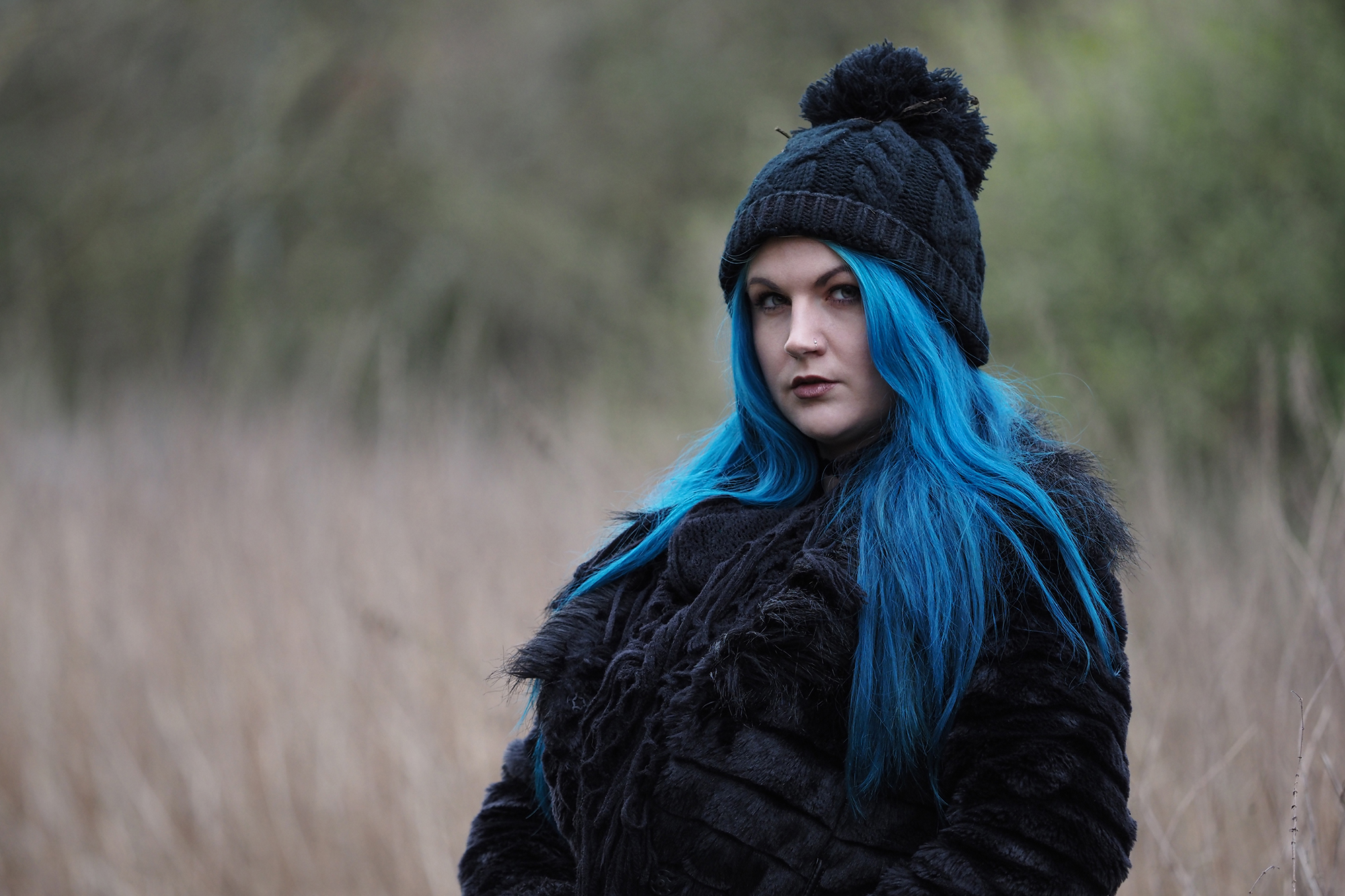
Still, it definitely comes into its own when photographing wildlife – perhaps the strongest suit of the MFT system, given the aforementioned size and weight advantages combined with the crop factor doubling your focal length.
I've enjoyed using the 40-150mm f/2.8 to photograph giant beasts like giraffe and hippopotamus, as well as the tiniest creatures like butterflies and hummingbird moths. There are a couple of samples of the latter in this review and, while they certainly aren't award-winning photographs, they illustrate the real advantage of this lens: it's so small that I was using it as a carry-around lens while shooting a commission in Andalusia, Spain.
Somebody noticed this little guy zipping about in the bushes, and I was able to quickly wheel around and snap a few frames before it startled and flew away. I love using my full-frame cameras with their telephoto trinity lenses, but they're not nearly so portable!
Likewise, the close (and constant) focusing distance enabled me to capture the images of the mantis on this page without having to switch to a shorter lens. In fact, I photographed the mantis and the moth within moments of each other – that's how spontaneous this lens enables you to be. And as anyone who has photographed a safari, a wedding or anything else where spontaneous moments tend to occur, you know that's exactly the kind of performance you need.
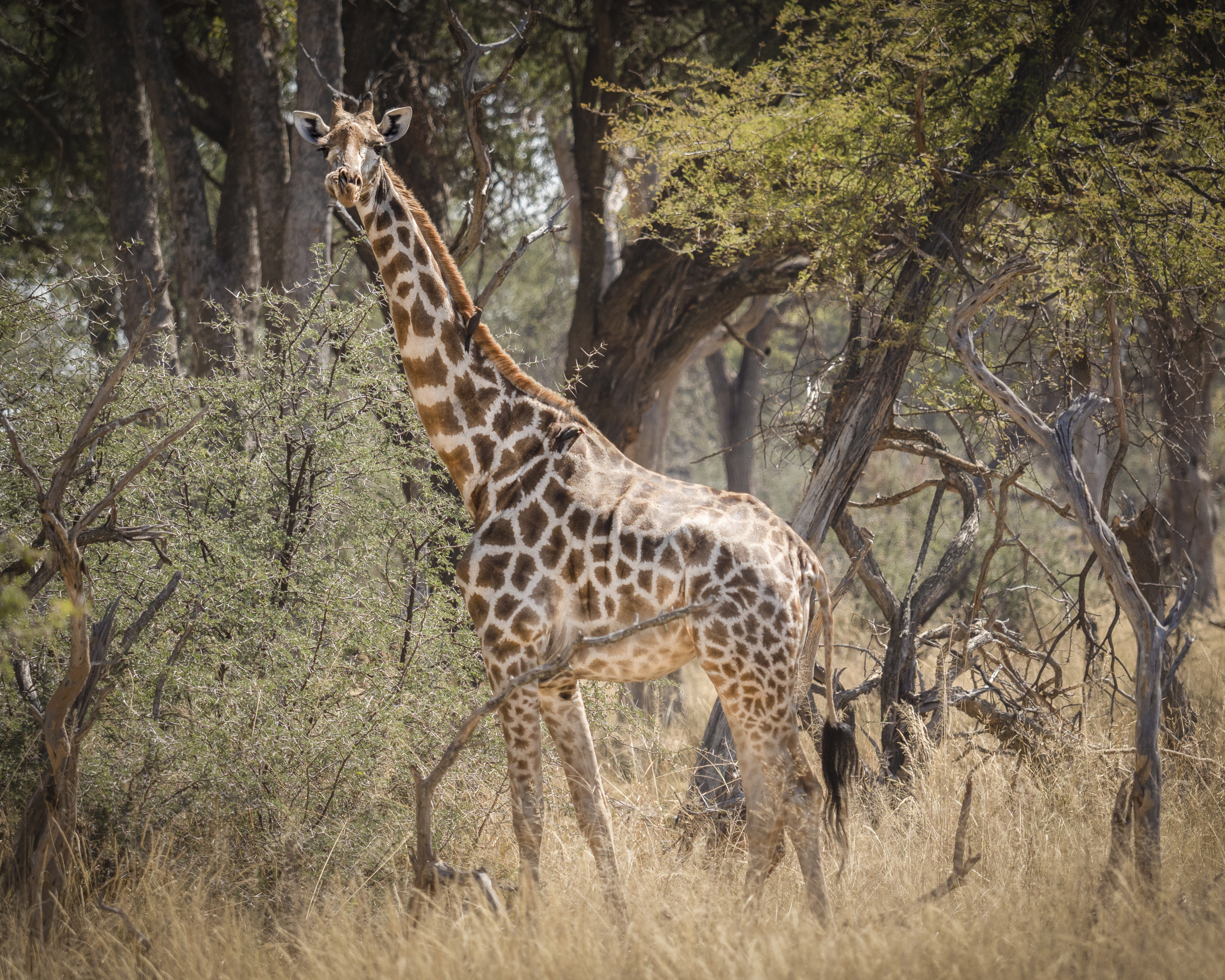
Olympus M.Zuiko 40-150mm f/2.8 Pro: Lab tests
We run a range of lab tests under controlled conditions, using the Imatest Master testing suite. Photos of test charts are taken across the range of apertures and zooms (where available), then analyzed for sharpness, distortion and chromatic aberrations.
We use Imatest SFR (spatial frequency response) charts and analysis software to plot lens resolution at the centre of the image frame, corners and mid-point distances, across the range of aperture settings and, with zoom lenses, at four different focal lengths. The tests also measure distortion and color fringing (chromatic aberration).
Sharpness:
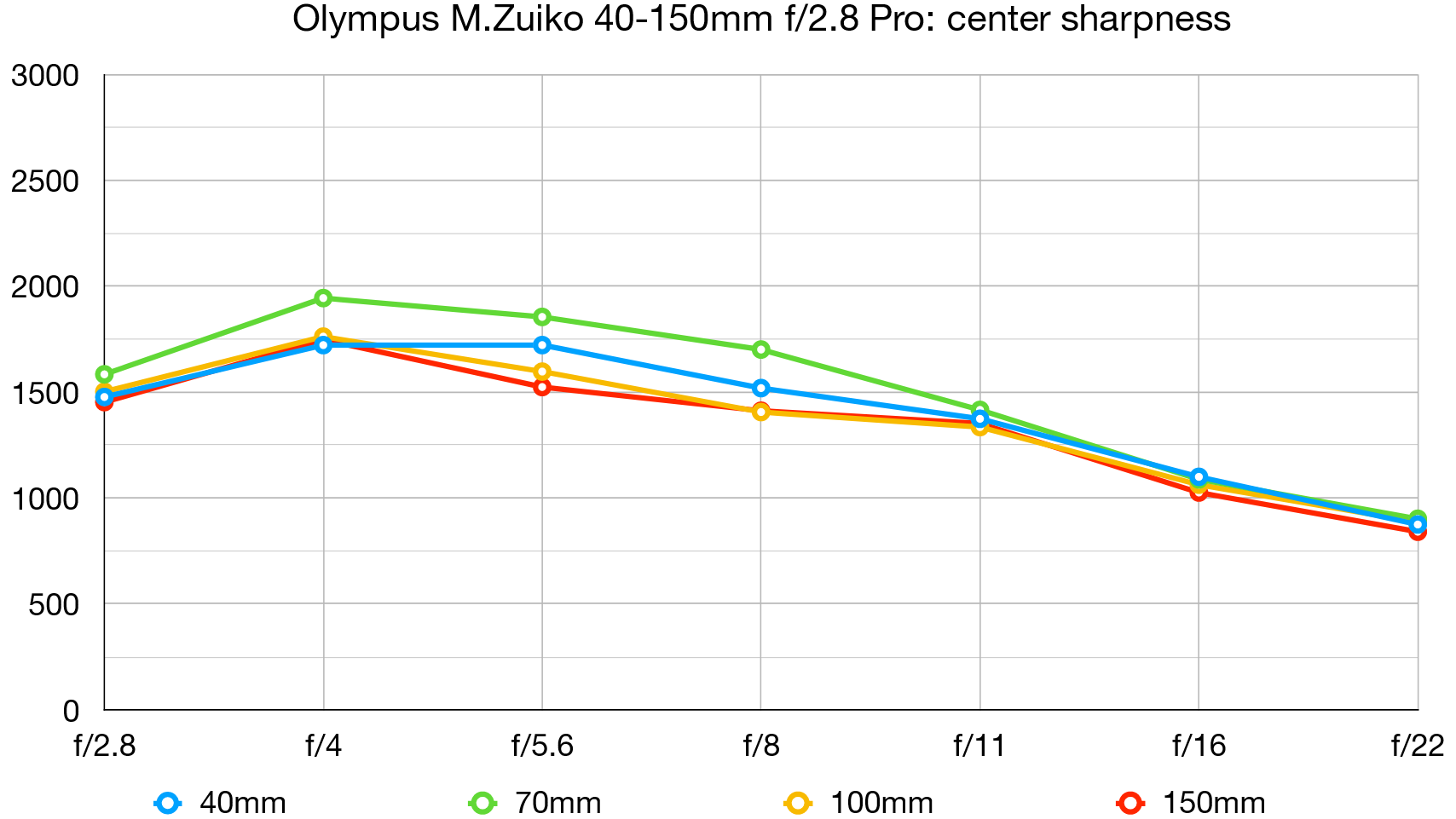
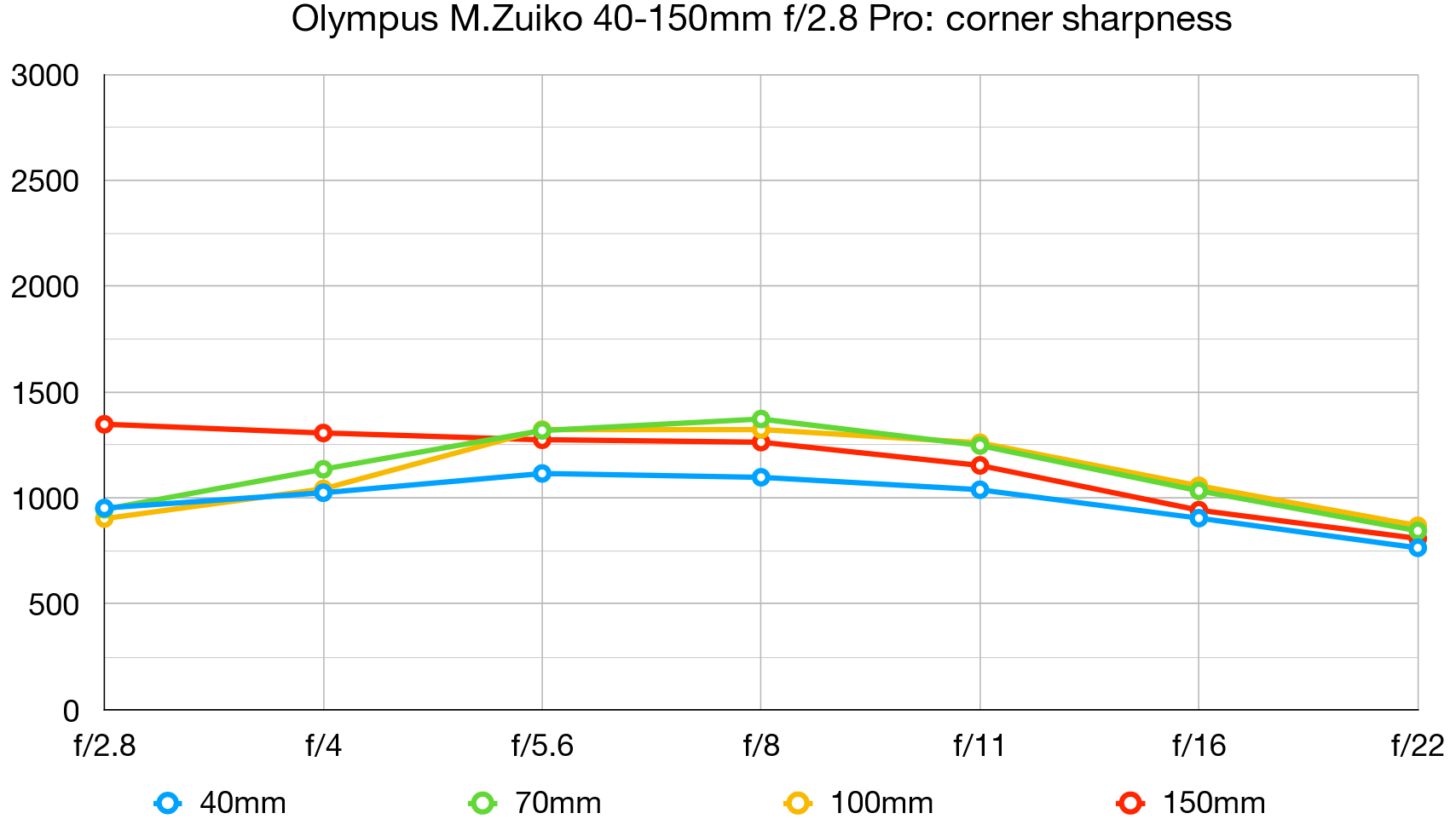
Center sharpness is very good between f/4 and 4/8, and is also respectable wide open at f/2.8. However, the lens isn't quite so sharp at 100mm and beyond. Corner sharpness is mediocre at best, regardless of focal length or aperture.
Fringing:
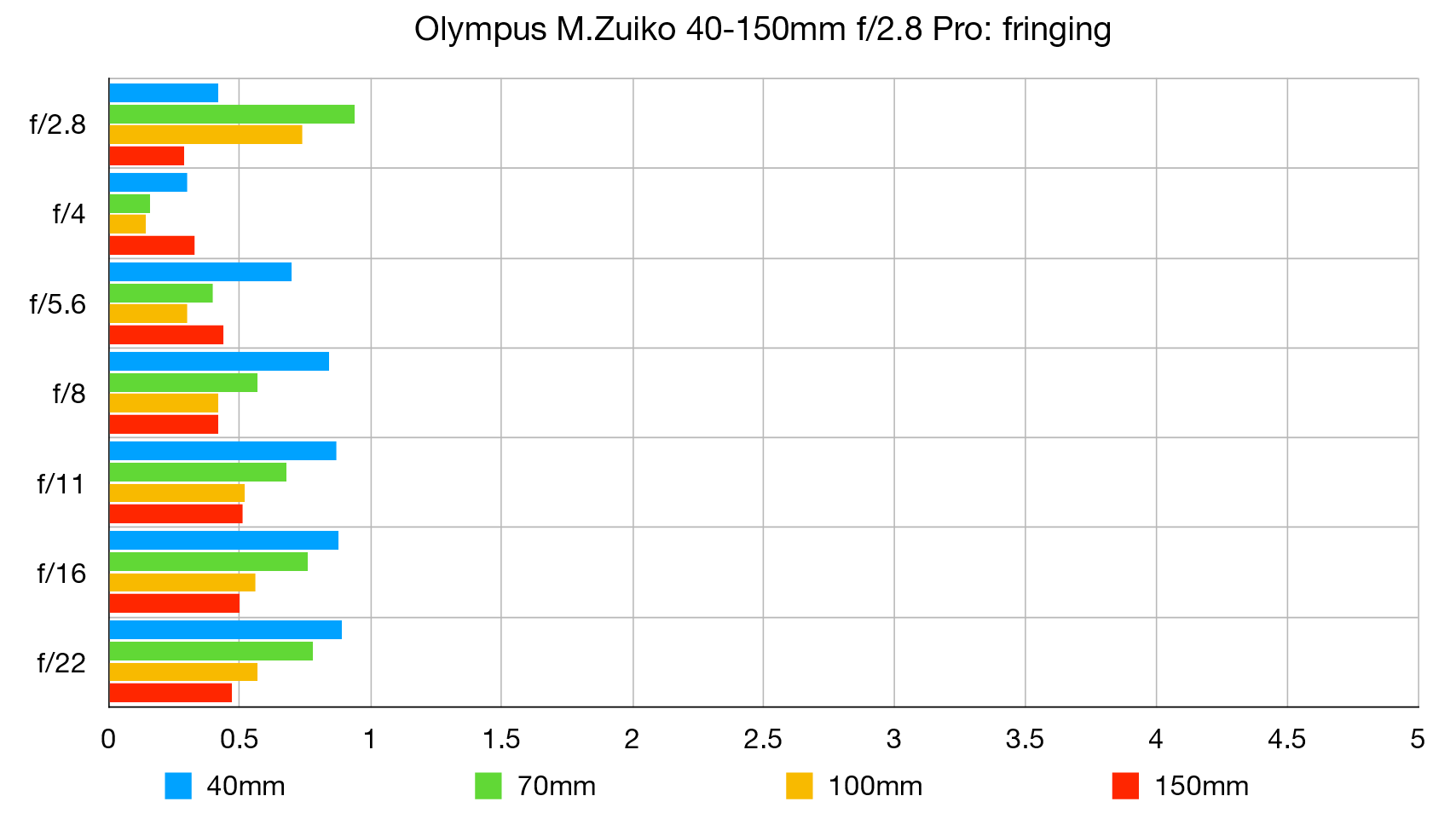
There’s very little color fringing at any focal length or aperture. You'll struggle to notice any aberrations in real-world shooting.
Distortion:
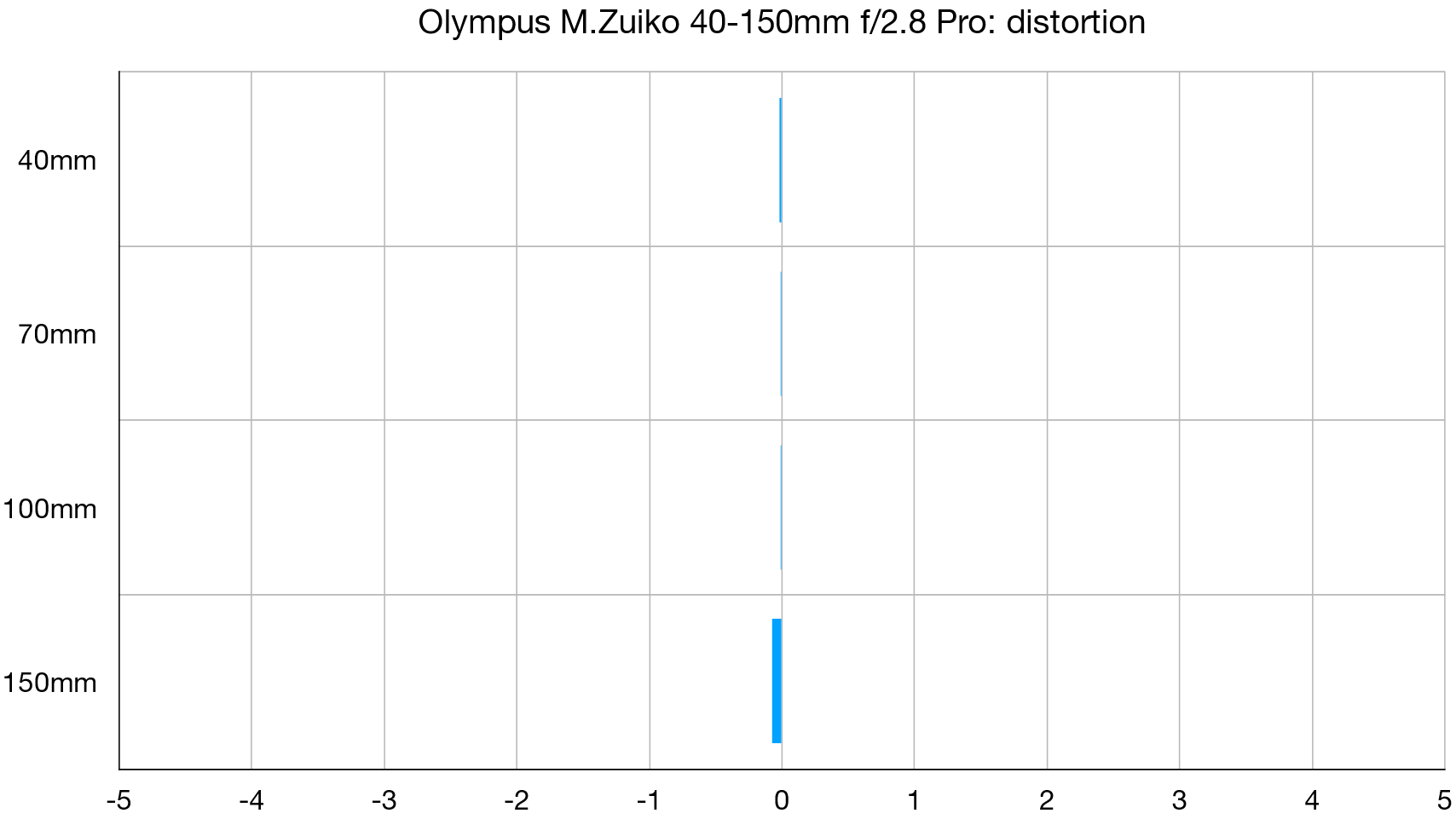
Negative scores indicate barrel distortion, positive scores indicate pincushion. A score of zero signifies no distortion.
Thanks to in-camera distortion correction which cannot be disabled, the lens produces zero distortion throughout the tested aperture range.
Olympus M.Zuiko 40-150mm f/2.8 Pro: Sample images
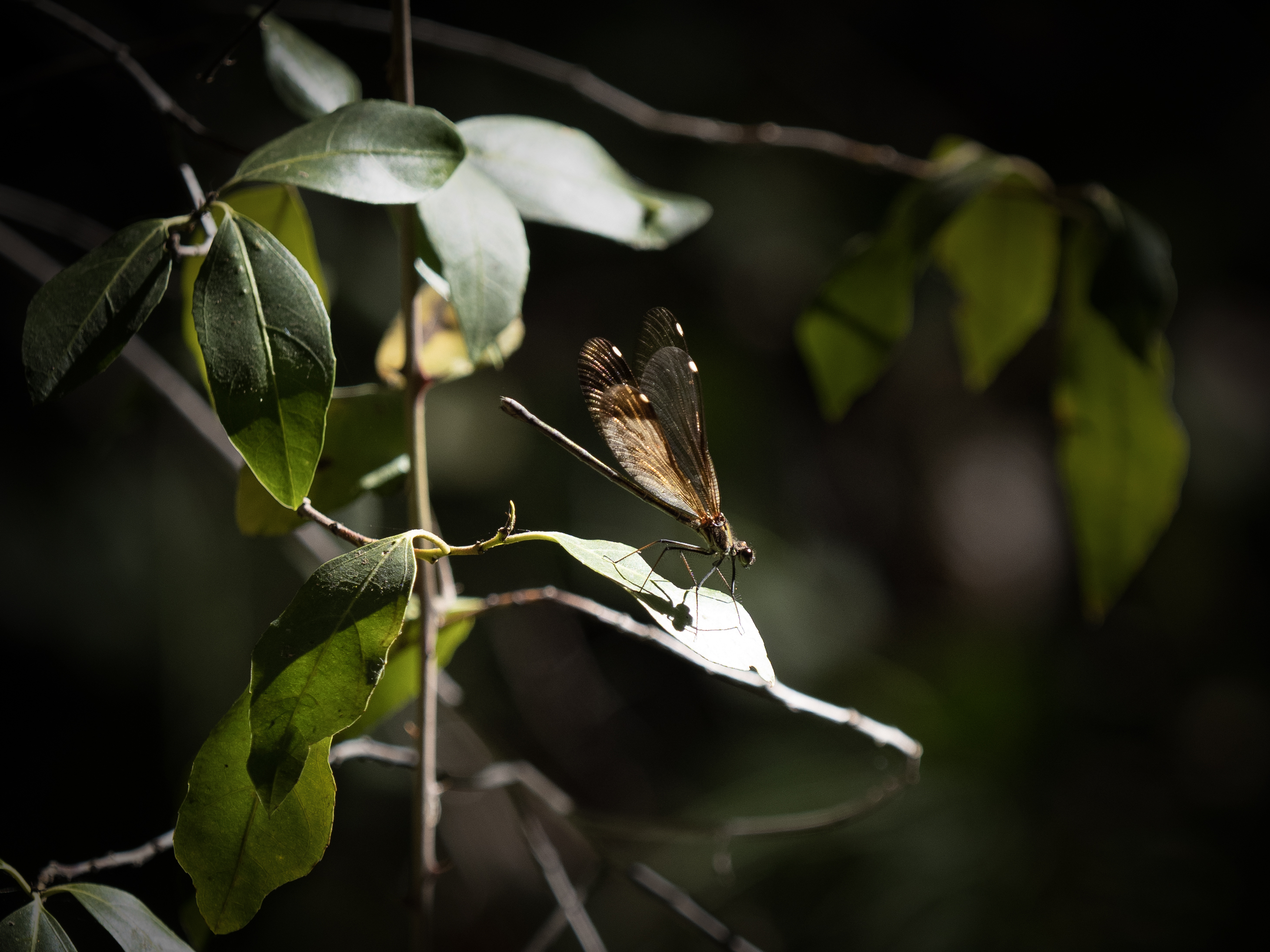

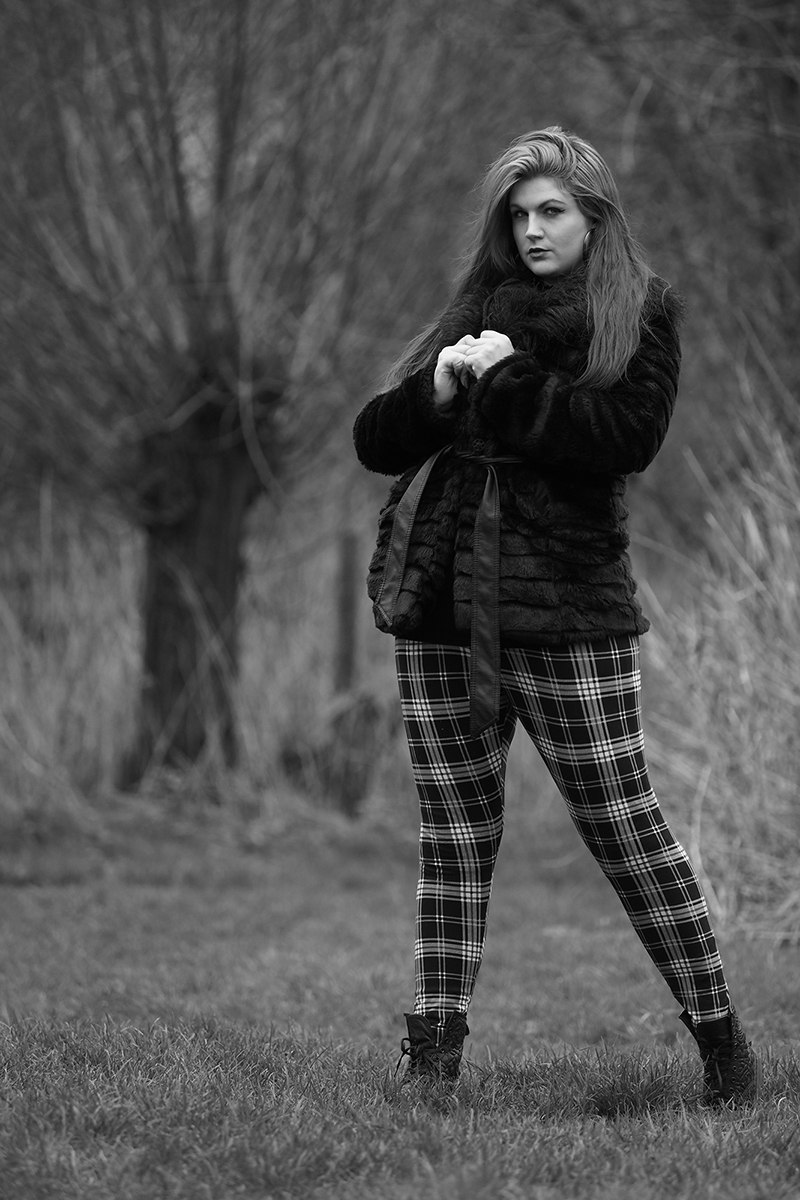

Olympus M.Zuiko 40-150mm f/2.8 Pro: Verdict
The Olympus M.Zuiko 40-150mm f/2.8 Pro is one of the best Olympus lenses ever made – a triumph of optical and ergonomic design, and sure to be looked back on as a legendary lens in years to come.
I have to add a personal observation that's slightly at odds with our lab tests, in that I've only ever known this lens to be razor-sharp from corner to corner. It was, after all, one of the lenses that came at the peak of M.Zuiko's optical design when it still benefited from the R&D of Olympus' medical division (hence some of the tech being the same as that featured in hospital microscopes). However, our lab testing is very rigorous so I can only think this might have been the result of a bad lens copy.
Either way, I shot many of these sample images on the same lens and the results are terrific. It's portable but powerful, lightweight in frame but heavyweight in form, and a lens that I use when I'm making money from photography.
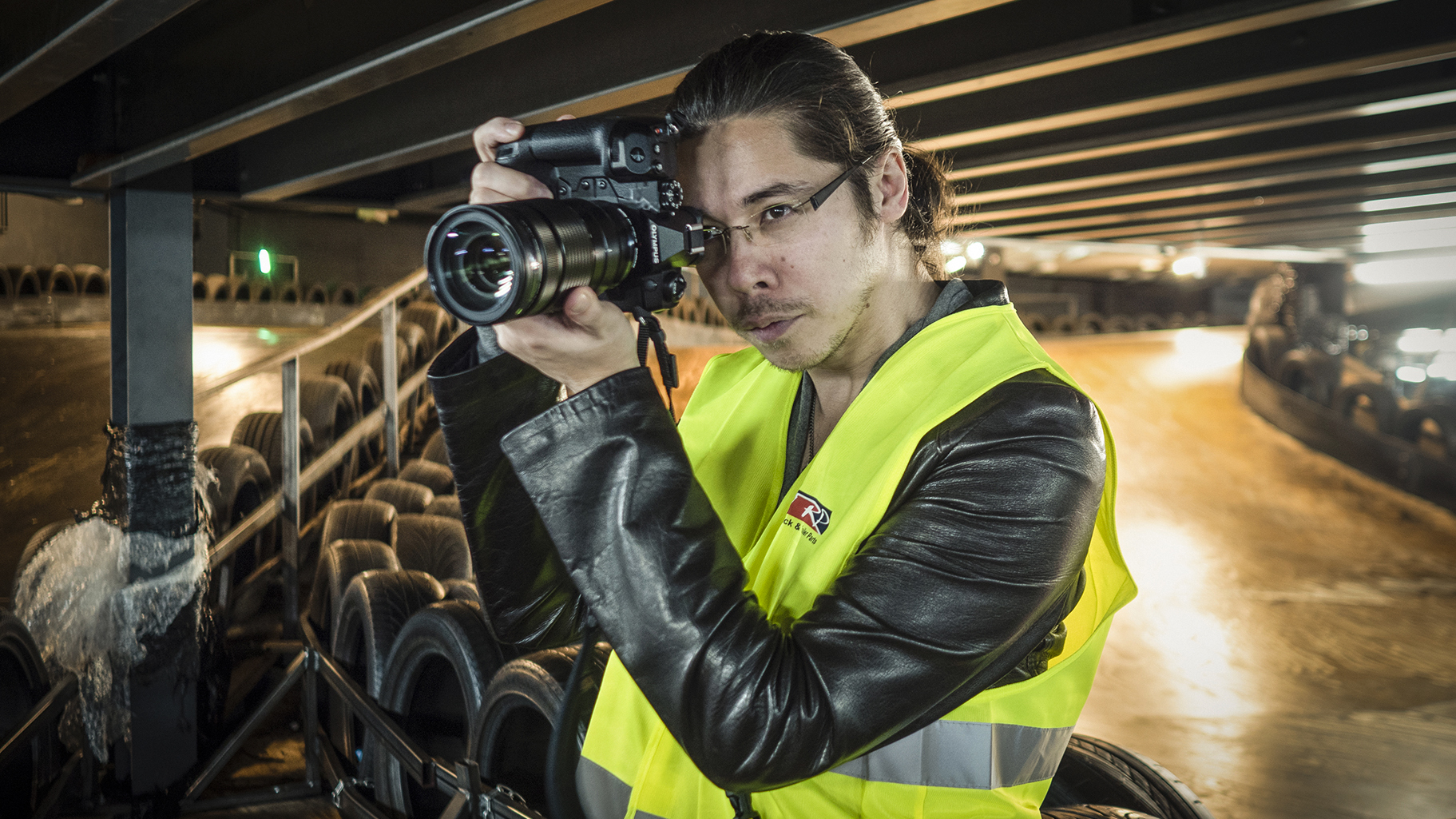
Take a look at the best Olympus cameras (OM System) and best Olympus lenses (OM System) to get the most of them. Of course, since it's an open standard, the best Micro Four Thirds cameras from any brand work with the best Micro Four Thirds lenses from all the other brands!







